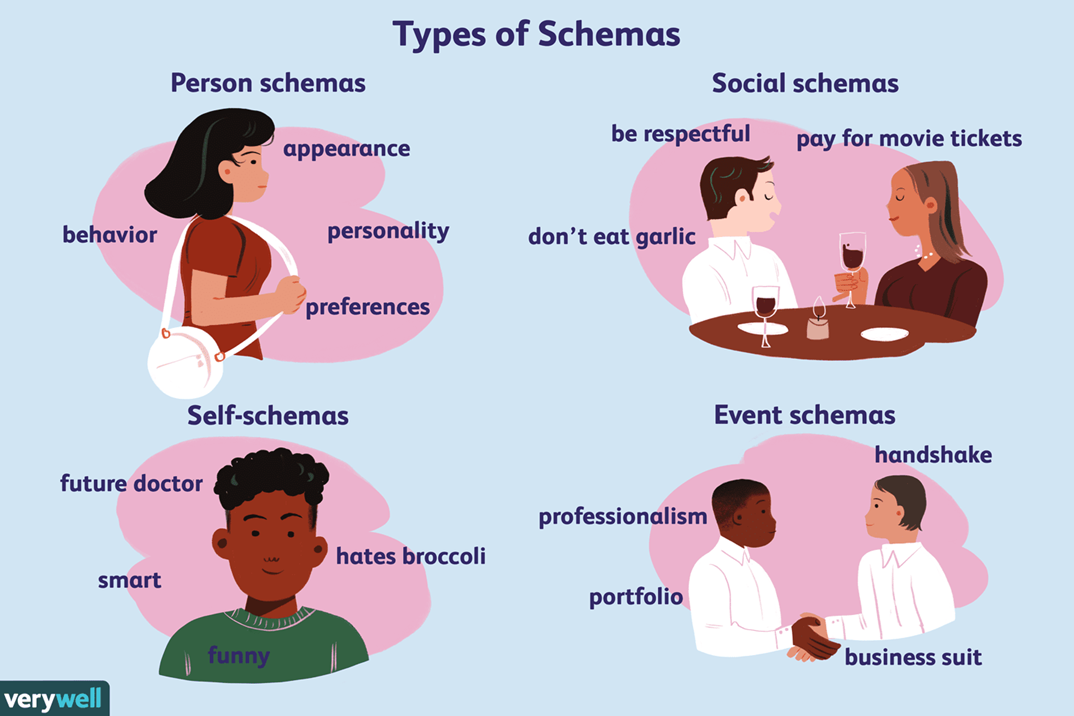A nurse is caring for a client who has narcissistic personality disorder. Which of the following treatments should the nurse recommend?
Assertiveness training
Schema-focused therapy
Response prevention therapy
Cognitive behavioral therapy
The Correct Answer is B
Choice A reason:
The statement "Assertiveness training" is not typically recommended as a primary treatment for narcissistic personality disorder (NPD). While assertiveness training can help individuals develop better communication skills and self-confidence, it does not address the core issues of NPD, such as grandiosity, lack of empathy, and need for admiration.
Choice B reason:
The statement "Schema-focused therapy" is the correct response. Schema-focused therapy is a type of cognitive therapy that helps individuals identify and change deeply ingrained patterns or themes (schemas) that are dysfunctional. This therapy is particularly effective for personality disorders, including NPD, as it addresses the underlying cognitive and emotional patterns that contribute to the disorder.
Choice C reason:
The statement "Response prevention therapy" is not appropriate for NPD. Response prevention therapy is more commonly used for conditions like obsessive-compulsive disorder (OCD), where it helps individuals resist the urge to perform compulsive behaviors. It does not address the specific cognitive and emotional issues associated with NPD.
Choice D reason:
The statement "Cognitive behavioral therapy" (CBT) is beneficial for many mental health conditions, including NPD. CBT helps individuals recognize and change negative thought patterns and behaviors. However, while CBT can be helpful, schema-focused therapy is often more specifically tailored to address the complex and deep-seated issues seen in personality disorders like NPD.

Nursing Test Bank
Naxlex Comprehensive Predictor Exams
Related Questions
Correct Answer is ["B","D","E","F","I","J"]
Explanation
The findings that require follow-up are:
Client brought to the ED by police after being found wandering on the street. This indicates a potential safety issue and could suggest confusion or other cognitive impairment.
Client able to provide identity to police, but not able to identify place or time. This could indicate confusion or disorientation, which requires further assessment.
Client confused and agitated. Confusion and agitation can be symptoms of many conditions, including infection, intoxication, or neurological issues.
Appearance is disheveled. This could suggest self-neglect or other social issues that need addressing.
Mucous membranes dry. Dry mucous membranes can be a sign of dehydration, which may require treatment.
During assessment, client states, “Can you ask that person to leave my room?” Client is pointing to an empty chair. This could suggest hallucinations or delusions, which require further mental health assessment.
Temperature: 38.6° C (101.5° F). This is a fever and could indicate an infection or other medical condition.
Heart rate: 104/min. This is a high heart rate (tachycardia) and could be due to fever, dehydration, stress, or other conditions.
Blood pressure: 158/96 mm Hg. This is high blood pressure (hypertension) and could be due to a variety of conditions, including stress, kidney disease, or cardiovascular disease.
The other findings (f, j, l) are within normal limits and do not require immediate follow-up, but should continue to be monitored. Please consult with a healthcare professional for a comprehensive assessment.
Correct Answer is D
Explanation
Choice A reason:
The statement "Pulse" is not the most critical vital sign to assess first in this scenario. While pulse rate can provide important information about the client's cardiovascular status, it is not the primary concern when dizziness is reported in a client taking phenelzine. Phenelzine, a monoamine oxidase inhibitor (MAOI), can cause hypertensive crises if the client consumes foods high in tyramine, such as aged cheese.
Choice B reason:
The statement "Respiration" is also not the most critical vital sign to assess first. Although respiration rate is important, it is not directly related to the symptoms of dizziness and the potential hypertensive crisis associated with phenelzine and tyramine interaction.
Choice C reason:
The statement "Temperature" is not the most relevant vital sign to assess first in this context. Temperature changes are not typically associated with the side effects of phenelzine or the consumption of tyramine-rich foods.
Choice D reason:
The statement "Blood pressure" is the correct response. Dizziness in a client taking phenelzine who has consumed a tyramine-rich food like aged cheese can indicate a hypertensive crisis. Blood pressure should be assessed first to determine if the client is experiencing dangerously high blood pressure, which requires immediate medical intervention.
Whether you are a student looking to ace your exams or a practicing nurse seeking to enhance your expertise , our nursing education contents will empower you with the confidence and competence to make a difference in the lives of patients and become a respected leader in the healthcare field.
Visit Naxlex, invest in your future and unlock endless possibilities with our unparalleled nursing education contents today
Report Wrong Answer on the Current Question
Do you disagree with the answer? If yes, what is your expected answer? Explain.
Kindly be descriptive with the issue you are facing.
